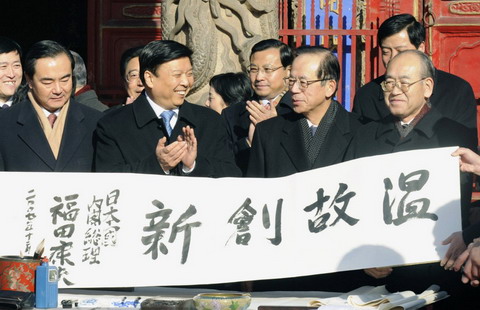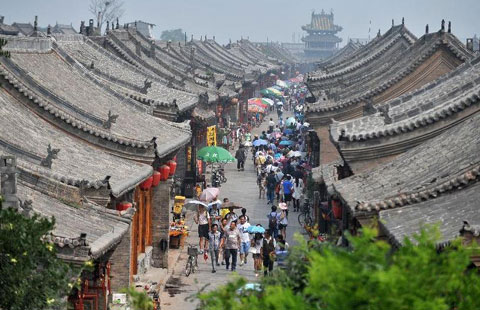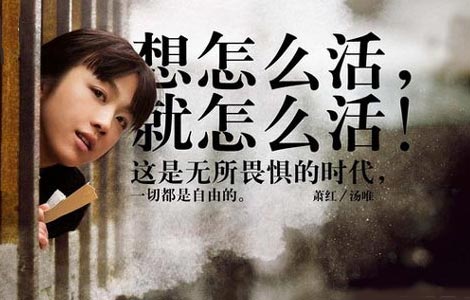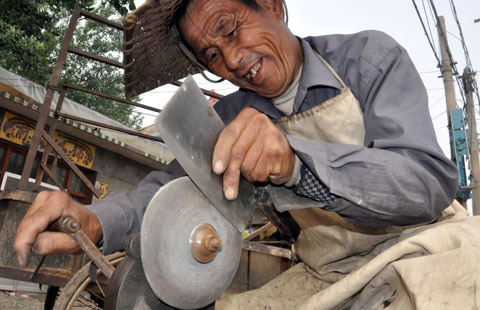Fashion designer bridges culture gap
By Mei Ling Young for China Daily ( China Daily ) Updated: 2014-10-03 14:13:24"At the heart of each collection is a woman, my muse," Zhang says. The inspiration for his debut couture collection was actress Maggie Cheung and her film In the Mood for Love, as well as the qipao, a classic Chinese silhouette, which he describes as "sexy but subtle".
"The theme of East meets West runs throughout the film, and throughout my work in general. It's not just about two cultures clashing, but also co-existing," he says.
The ideal of cultural co-existence is literally woven into the fabric of his garments: "We are constantly modernizing old techniques and incorporating them into our clothes, making them functional again."
He demonstrates with a dress from his Spring/Summer 2014 collection, inspired by Man Ray, the modernist, and famed seamstress Madeline Vionnet, queen of the bias cut.
The top layer uses an embroidery technique known as smocking to gather fabric, allowing it to stretch. The ratios of the tessellated triangles were calculated with the ancient Gougutrigonometric theorem to ensure a flattering, seamless fit around the waist.
Similarly, the qipao acquired by the V&A for their T.T. Tsui Gallery of Chinese Art consists of a striking, wrap-around black lace panorama superimposed on white silk. Emblazoned across the torso is an intricate rendering of a dragon, a classic Chinese motif. The dress is given a modern twist by the asymmetric organza ruffling hugging the shoulder and waist.
Another standout piece is a cropped jacket inspired by the famed Sixties pop artist Roy Lichtenstein. Lichtenstein, who according to Zhang was one of the first American artists to visit China after the Cultural Revolution, fell in love with the country and produced a series called ‘Landscapes in the Chinese Style', using his trademark Ben-Ray dots. It is this modernist interpretation of a classic, rugged mountain vista that is printed in black and white on Zhang's jacket.
Underlying Zhang's innovative, hybrid designs is a deep-seated ambition to showcase the best of Chinese design and craftsmanship. This emboldened him to produce all his collections out of his atelier in Qingdao, Shandong province, using local seamstresses, pattern-cutters, and locally sourced fabric.
Zhang says when he first started production in China, people thought he was crazy. "There wasn't anybody doing the kind of work we did, so there were no pre-existing methods for us to replicate. Most Chinese factory workers are trained in mass production techniques, and may not know how to handle delicate fabrics or intricate designs," he says.
So far though, the gamble has paid off, and his atelier now employs 30 workers. "Fortunately, we were able to find people who really enjoy their work. We don't pressure them to speed up or comprise their quality. We provide the workers in our atelier with the opportunity to do something truly enjoyable. I only employ people who care about craftsmanship and producing high-quality, beautiful garments."
Zhang is hopeful that in the near future Chinese consumers will look beyond the logos and start to support local designers. He says so far the emphasis in China's fashion industry has been maximizing output, but the recent decline in sales of luxury goods in China has marked a turning point, indicating how the market is changing.
"The tastes and sophistication of Chinese consumers is evolving at an unprecedented speed. People are predicting that soon, Chinese people will appreciate and support homegrown brands," he says.
As such, Huishan Zhang's original couture collection remains a staple of his label, consisting of classic designs that are constantly reworked. He also designs for a large number of private clients.
"To me, luxury is not about flashy logos. We want to build relationships with our clients by delivering exceptionally well-made clothes, rather than by embarking on a big PR campaign. It’s more important that people cherish and luxuriate in our clothes. It’s almost like a secret – something they have that no one else knows about," he says.
He says that he does not follow trends, and he is keen to be true to himself and allow his designs to evolve organically. Another reason for Zhang's success is his industry and discipline.
"Having passion doesn't make things easy; in fact, it makes it a lot harder. I wake up everyday at six o'clock and go home after everyone else has left. It isn't easy to have a studio in London and an atelier in China: I have to negotiate two different countries, time zones and cultures," he says.
|
|
|
|
|
|
|
|

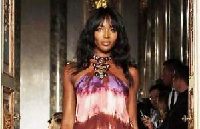






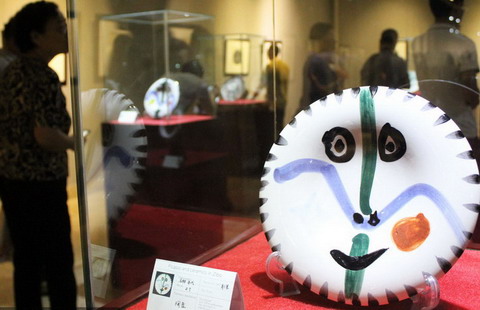
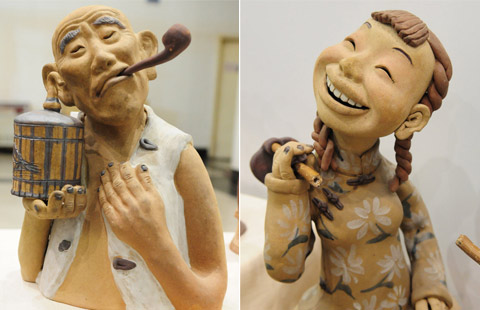


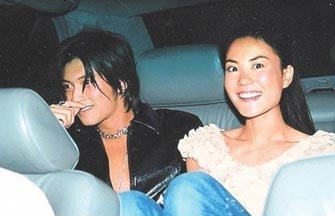

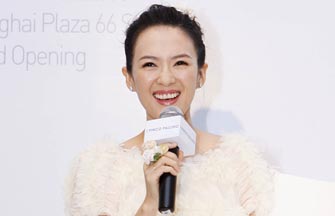

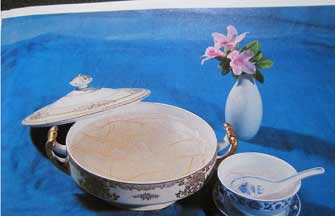



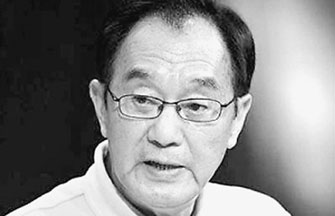



 Raymond Zhou:
Raymond Zhou: Pauline D Loh:
Pauline D Loh: Hot Pot
Hot Pot Eco China
Eco China China Dream
China Dream China Face
China Face
